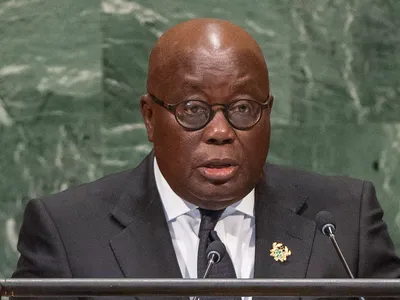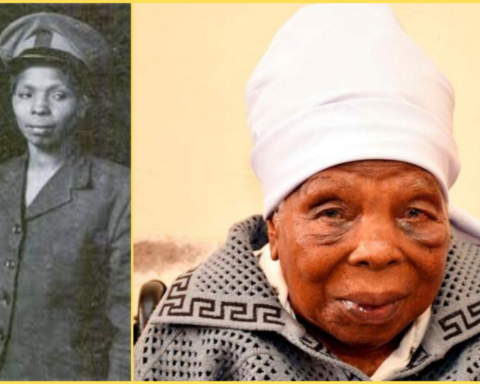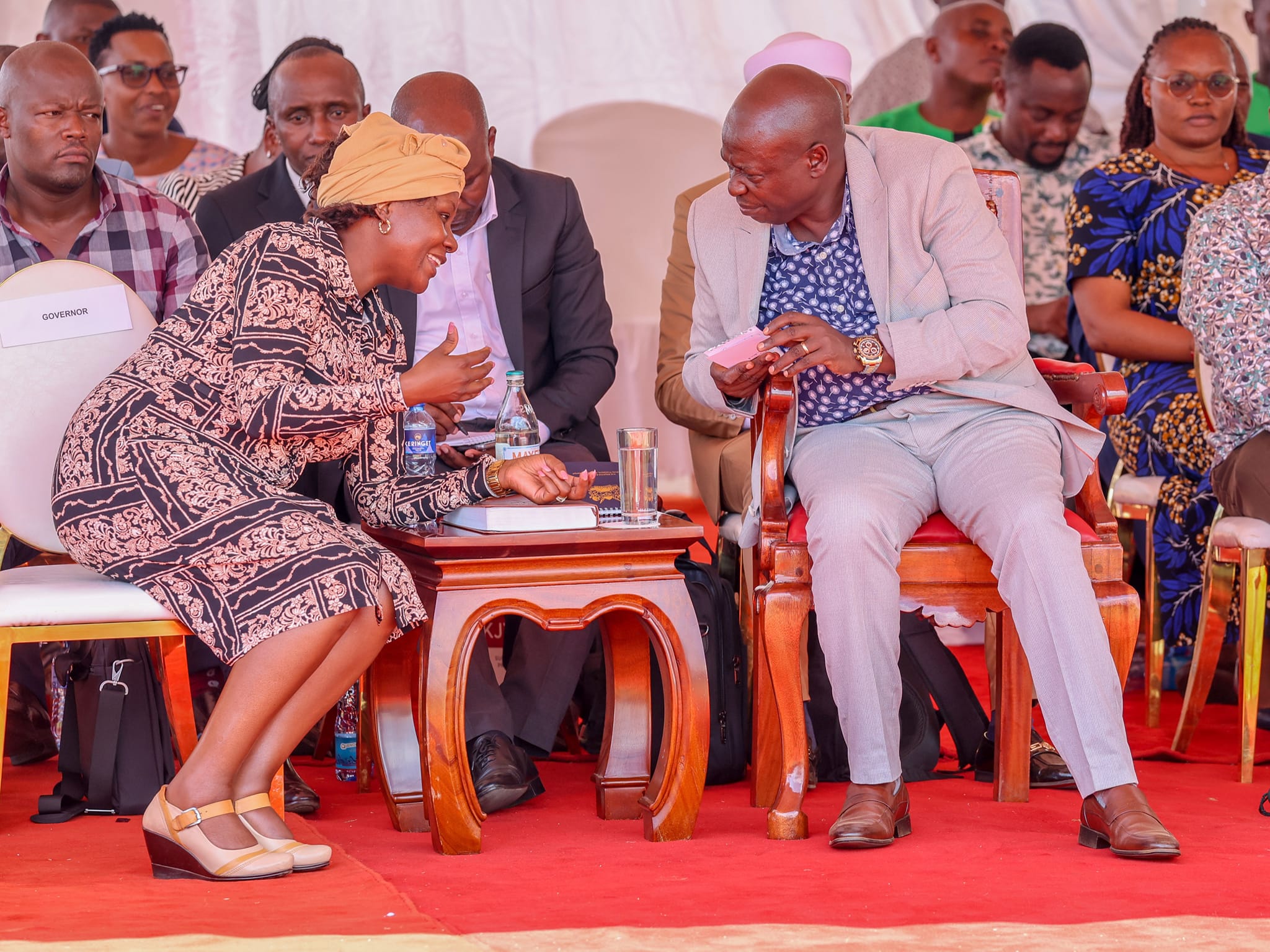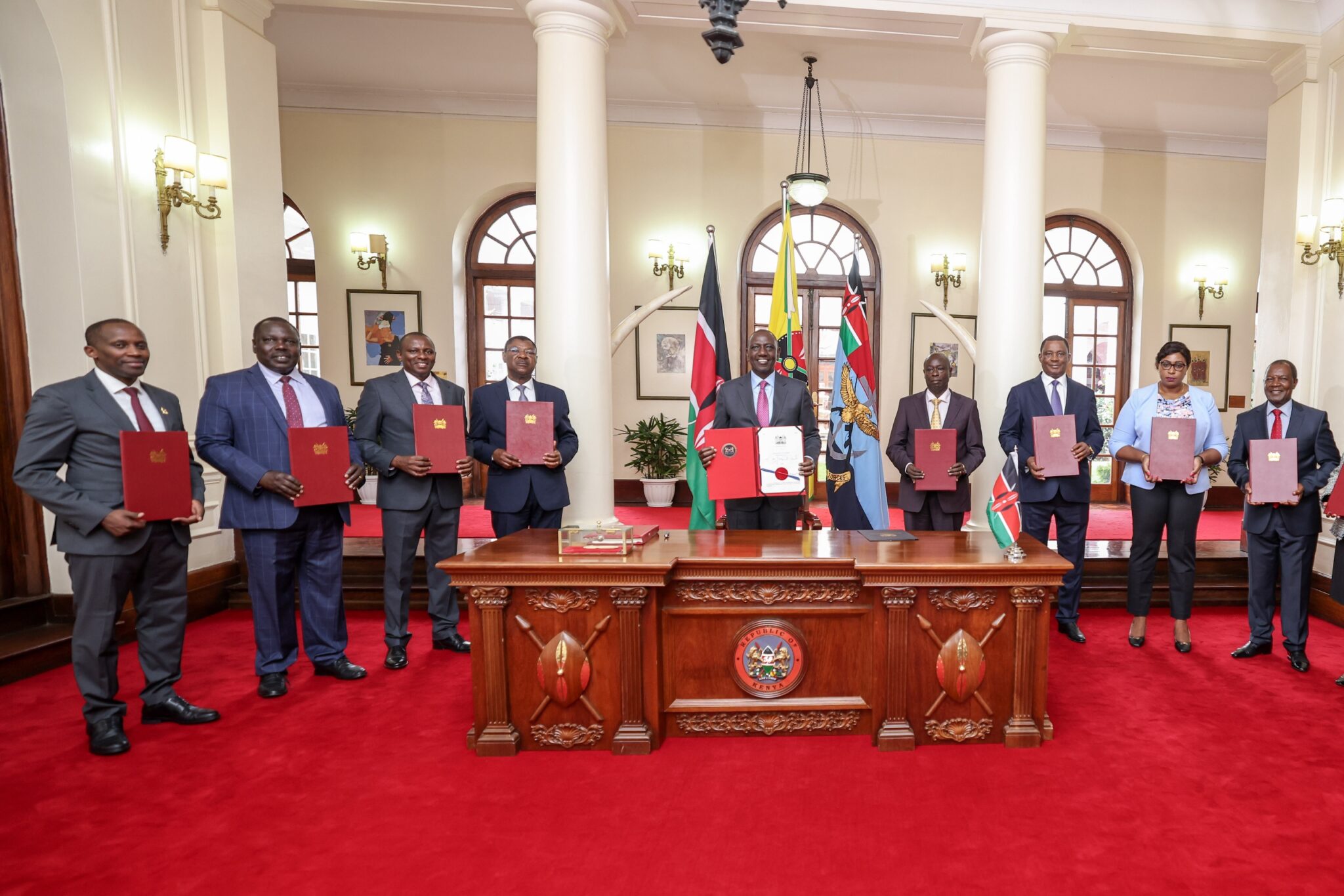Kenya’s political history cannot be complete and comprehensive without mentioning one of Luo’s political giants and earliest political organizers during British colonial rule.
Born in 1894, Daniel Ojijo Oteko died in suspicious and mysterious circumstances in 1944 at the peak of his active agitation against the country’s colonizers. His death raised suspicion that he was murdered by British colonial masters, secretly decapitated, and head taken to the UK as a colonial trophy.
At the time of his death, he had traveled to Kisumu. His mission, according to those privy to his story, was to have his nagging and painful teeth removed at the old Nyanza General Hospital. He was expected back home the same day. But this was never to be so. The great Ojijo Oteko was never to be seen alive again.
The information received by the family at home indicated that Ojijo had passed while in an operation theatre for the removal of one of his teeth, which immediately raised eyebrows among the locals.
But what fueled most trouble and suspicion was how his dead body was handled by the Colonial Administration. It was brought back home under heavy police and soldiers guard. The coffin was completely sealed. Nobody was allowed to come close to the coffin.
His wailing wife and relatives were kept at bay, at a safe distance by British soldiers, who had cocked their guns ready, to deal with anyone moving close to the graveside.
Up to this day, no one could tell whether the casket containing the remains of the late Daniel Ojijo Oteko was entered into his grave, which was later well cemented, with a concrete cross and inscription of his names, next to Wagwe-Pala road. And it was no surprise that the body was later ‘dug out’ the grave and ‘stolen’.
It is rumored that Oteko was injected with drugs that induced death by sleep and that his head was separated from the rest of his body and sent to the UK, similarly as the colonialists had done with the great Nandi Orkoyiot (Laibon) Koitalel Arap Samoei.
Koitalel, who led an eleven-year resistance movement against the building of the Uganda Railway through the Nandi area, was on October 19, 1905, shot dead by British Col. Richard Meinertzhagen. Meinertzhagen had invited Koitalel to negotiate a truce, using that ruse to lure the Nandi leader for the fatal ambush.
Daniel Ojijo Oteko served the colonialists as a telegraphic officer at Maseno.
There he linked up with early Luo nationalists like John Paul Olola, Barrack Owuor, Nathan Ojungo Otumba, Nyamunga Gor, and others, and formed what was first known as Kavirondo Taxpayers Association around 1922, and became its Secretary General in 1926.
The Association became popular by the name “Piny Owacho”, which loosely translates as “The Country has said”. The Association is reputed to have established the link with the much more radical and aggressive Kikuyu Central Association (KCA), led by the late Hurry Thuku.
Ojijo left Maseno and settled in his native rural home at Kanjira in West Karachuonyo where his leadership quality was quickly realized by the local population who elected him to the African Local Native Council (ALNC).
A visit to Karachuonyo by the KCA leaders from Central Province made Daniel Ojijo Oteko a marked man under security surveillance for twenty-four hours. On one occasion, as the story goes, and this happened at the peak of the Second World War in 1943, while on his way home Oteko was walking towards his home. On the way, somewhere near Wagwe Health Centre, he met with soldiers driving a large herd of cattle, which were seized from their owners at gunpoint.
The soldiers were under the command of a white officer in the rank of a District Officer, a Mr Morgan Walker from the Kisii D.C’s Office. Ojijo Oteko inquired about where the animals were being taken to, and was told that the animals were destined for Kisii, and would eventually be slaughtered, and the beef taken for feeding the African soldiers fighting alongside the British and allied forces, fighting against Adolf Hitler’s German forces.
Ojijo Oteko engaged the DO in classic queens English, telling the white officer how the Karachuonyo community had contributed hundreds of young soldiers to the KAR, and as such could not part with their animals. He ordered the animals to be returned to their rightful owners.
The heated argument alarmed the soldiers, who were armed with guns. They got scared, and sensing the danger of possible rioting by the natives, the white officer concurred with Ojjo Oteko and released the animals back to their rightful owners. This was the turning point in the life of the late Ojijo Oteko, as the colonialists, working in cohort with their local chiefs and collaborators, increased their surveillance on him wherever he went.
This particular incident also earned him the nickname “Ojijo polo Mor Yimbo”, which loosely translates as (Ojijo the thunderstorm is roaring in the west).
As a champion of the freedom movement, and a fierce critic of colonial exploitation, especially taxation without representation, the icon is remembered through Ojijo Road, linking Parklands and Westlands in Nairobi.
The late Ojijo Oteko was a student in the United States in the 1930s. He remains one of the few to have had that kind of exposure so early in colonial Kenya.
In Ojijo Oteko’s ancestral home Kochola Sublocation, Kanjira Location, Karachuonyo, Homa Bay County, stands America SDA Church, in memory of this historic event. This ingenious man left his village as an employer of the Postal Corporation and returned to be the rallying point against colonial exploration. History records President Barack Obama’s grandfather, Hussein Onyango Obama, as one of his known allies.
Ojijo Oteko Secondary School has been named after a man who sacrificed his life in laying the ground for the struggle for Uhuru.











